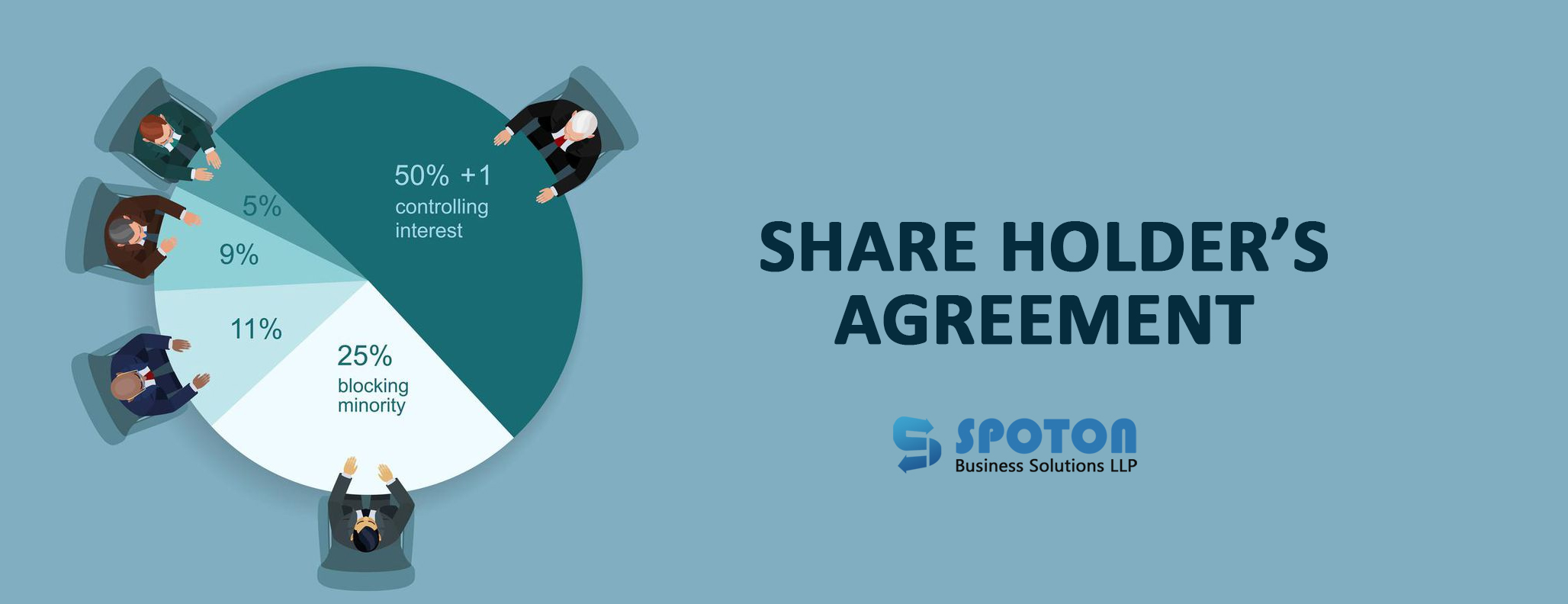Share holder Agrements

A shareholders’ agreement is, as you might expect, an agreement between the shareholders of a company. It can be between all or, in some cases, only some of the shareholders (like, for instance, the holders of a particular class of share). Its purpose is to protect the shareholders’ investment in the company, to establish a fair relationship between the shareholders and govern how the company is run.
The agreement will :
set out the shareholders’ rights and obligations;
regulate the sale of shares in the company;
describe how the company is going to be run;
provide an element of protection for minority shareholders and the company; and
define how important decisions are to be made.
The agreement will contain specific, important and practical rules relating to the company and the relationship between the shareholders. This can be beneficial both to minority and majority shareholders.
What should be included in a shareholders agreement ?
This will depend on the the number of shareholders and their respective shareholdings. The key provisions, however, that should be considered for inclusion are those relating to :
1. Issuing shares and transferring shares – including provisions to prevent unwanted third parties acquiring shares, what happens to shares on the death of a shareholder and how a shareholder can sell shares.
2. Including any tag along or drag along provisions.
3. Providing some protection to holders of less than 50% of the shares – including requiring certain decisions to be agreed by all shareholders.
4. Paying dividends.
5. Running the company – including appointing, removing and paying directors, frequency of board meetings, deciding on the company’s business, making large capital outlays, providing management information to shareholders, banking arrangements and financing the company.
6. Competition restrictions.
7. Dispute resolution procedures.
